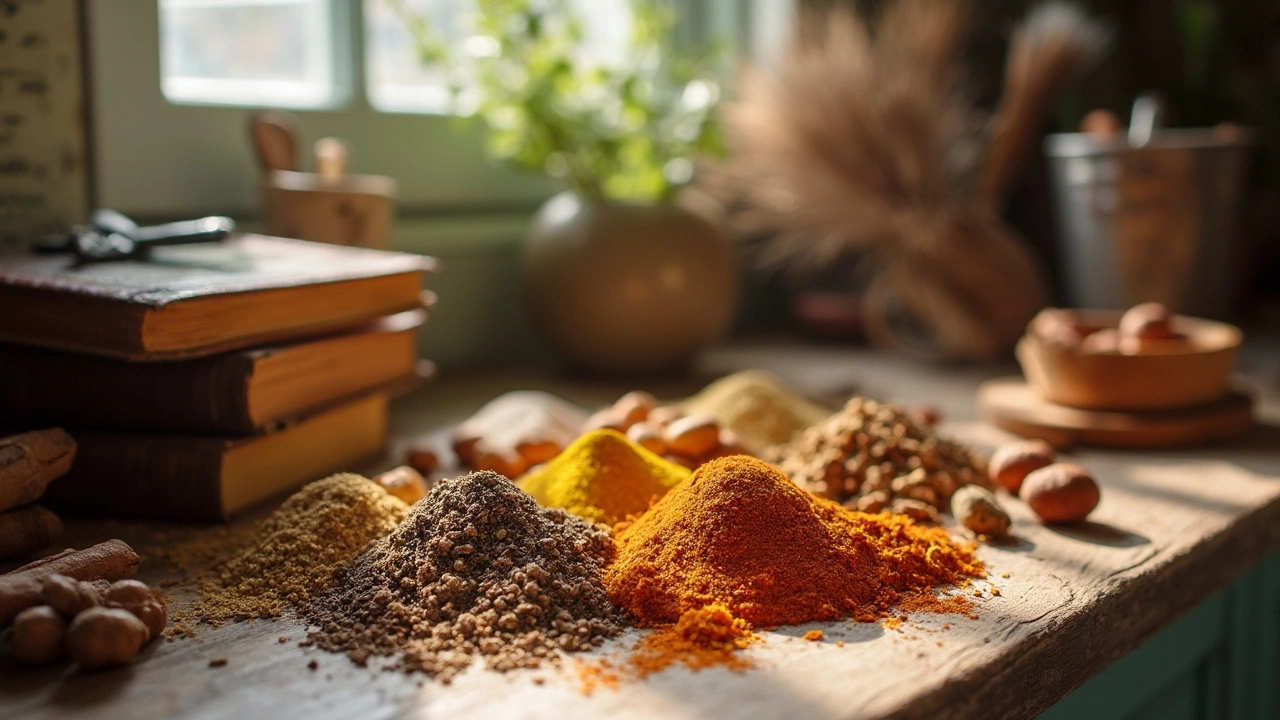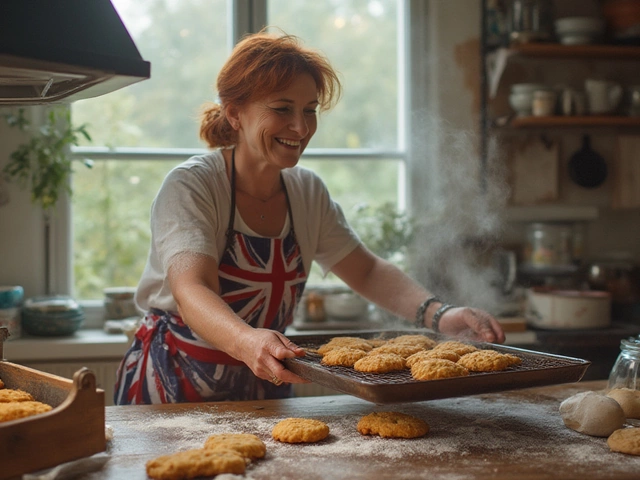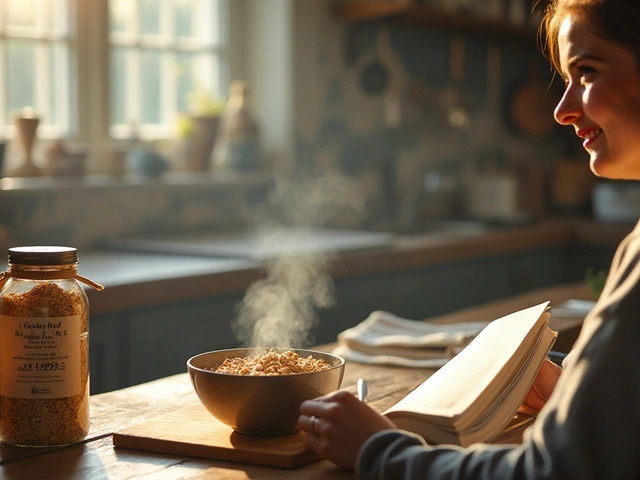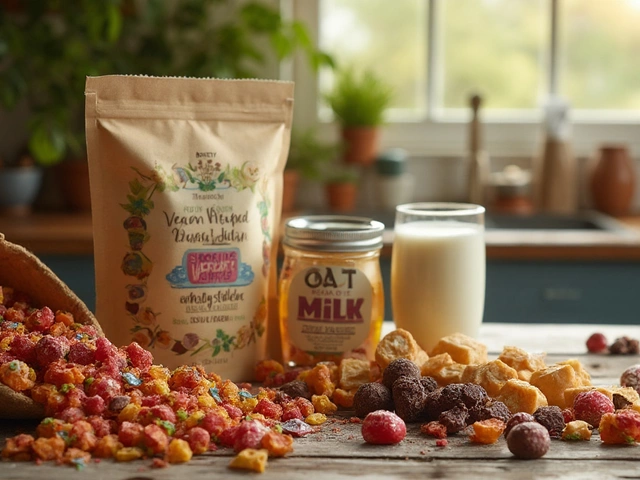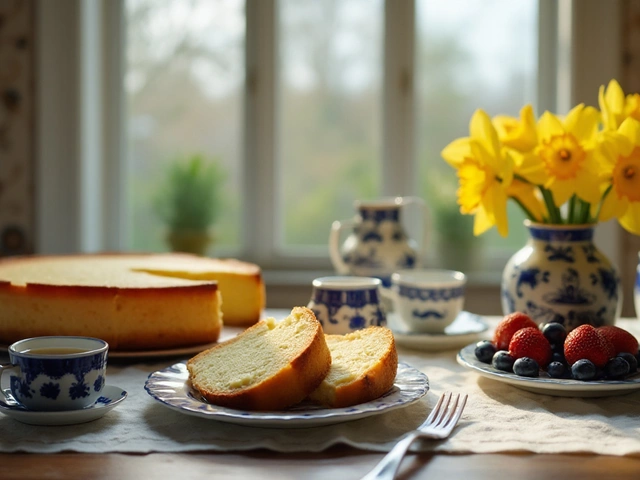Spices – Your Quick Guide to Flavorful Cooking
Spices are the secret weapons that turn ordinary meals into something memorable. A pinch of cumin can add earthiness, while a dash of smoked paprika brings depth without extra effort. If you know a few basics—how to store, combine, and apply them—you’ll never run out of ideas for breakfast, lunch, or dinner.
How to Store Spices for Maximum Freshness
The first rule is keeping spices away from light, heat, and moisture. Glass jars with tight lids work best, and a dark pantry or cabinet is ideal. Don’t store them above the stove; the constant temperature changes will kill the flavor faster than you think. If you buy spices in bulk, consider splitting them into smaller containers and labeling each with the purchase date. That way you’ll spot stale spices before they ruin a dish.
For ground spices, a quick sniff test tells you if they’re still good. If the aroma is weak or off, replace them. Whole spices like peppercorns, cloves, or star anise keep longer, but they still need a cool, dry spot. A good trick is to keep a small airtight bag in the freezer for less‑used whole spices; they stay fresh for years and you can grind them as needed.
Simple Spice Blends You Can Make at Home
Mixing your own blends is cheaper and lets you tweak flavors to match your taste. Here are three starter mixes:
- Basic BBQ Rub: 2 parts brown sugar, 1 part smoked paprika, 1 part salt, ½ part black pepper, ½ part garlic powder.
- Italian Seasoning: Equal parts dried basil, oregano, thyme, and rosemary, plus a pinch of crushed red pepper.
- Indian Curry Powder: 2 parts turmeric, 1 part cumin, 1 part coriander, ½ part garam masala, ¼ part cayenne.
Store each blend in a small jar, label it, and you’ll have a go‑to flavor boost for meats, veggies, or soups. The best part? You control the salt level, so you won’t over‑season accidentally.
When you’re cooking, think about the role each spice plays. Warm spices like cinnamon or nutmeg are perfect for sweet desserts and comforting drinks. Bright spices such as lemon zest, sumac, or ginger lift sauces and salads. And don’t forget the power of a pinch of sea salt—sometimes it’s the missing link that makes a spice shine.
If you’re unsure where to start, try seasoning a simple roasted vegetable tray with olive oil, salt, pepper, and a sprinkle of the Italian seasoning above. The result is a flavorful side dish that pairs well with almost any main course.
Lastly, keep a notebook of what you used and how it tasted. Over time you’ll notice patterns—maybe you love the smoky notes of paprika on chicken, or the heat of cayenne in bean soups. This personal spice log becomes your cheat sheet for future meals.
So next time you’re standing in front of the spice rack, remember: a little knowledge, proper storage, and a few homemade blends can transform everyday ingredients into something delicious. Grab a jar, give it a shake, and enjoy the burst of flavor you’ve created.
